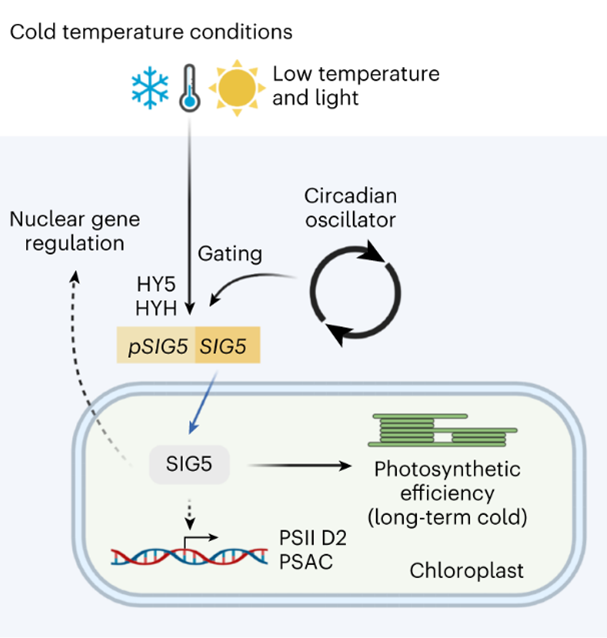
SIGMA FACTOR5 protects freezing plants
Plant Science Research WeeklyLow temperatures quickly and reversibly inhibit photosynthesis, which is assumed to shield the photosynthetic system from a drop in metabolic activity brought about by cold. In a recent study, Cano-Ramirez et al. found that in Arabidopsis, a nuclear-encoded sigma factor (SIG5) controls chloroplast transcription…
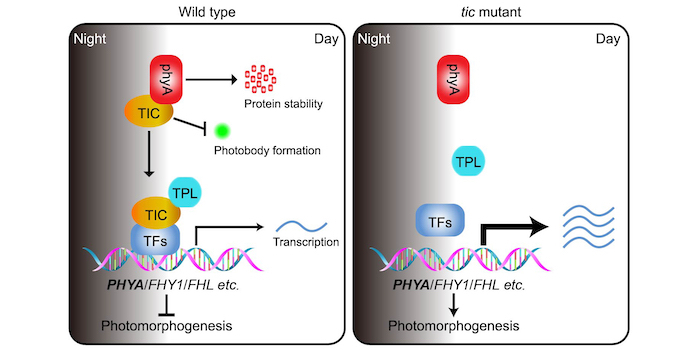
Tick tock: TIME FOR COFFEE regulates far-red light inhibited hypocotyl growth
The Plant Cell: In a NutshellWang et al. explore how the circadian clock regulates phytochrome A abundance and activity to mediate far-red light inhibited hypocotyl growth.
Background: To enhance plant adaptability to natural conditions, the circadian clock is synchronized and entrained by light via photoreceptors. Intriguingly,…
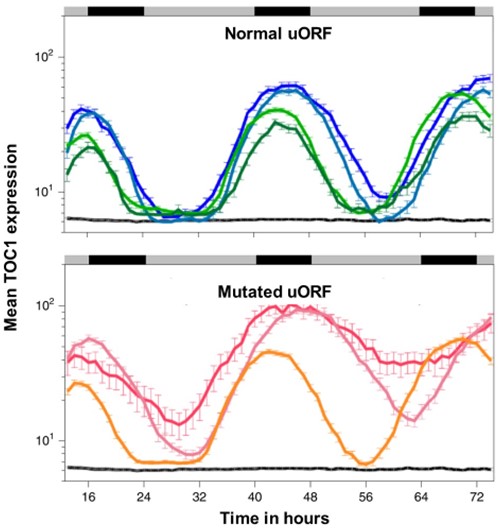
Upstream ORFs check undesired leaky protein translation and buffer noise (Nature Plants)
Plant Science Research WeeklyDuring my research journey, I have come across a handful of genes that are hard to express. Sometimes, even with a strong promoter and high transcript level, the protein level is negligible. We generally considered these proteins might be degrading very fast. But maybe not. A recent article by Wu et…
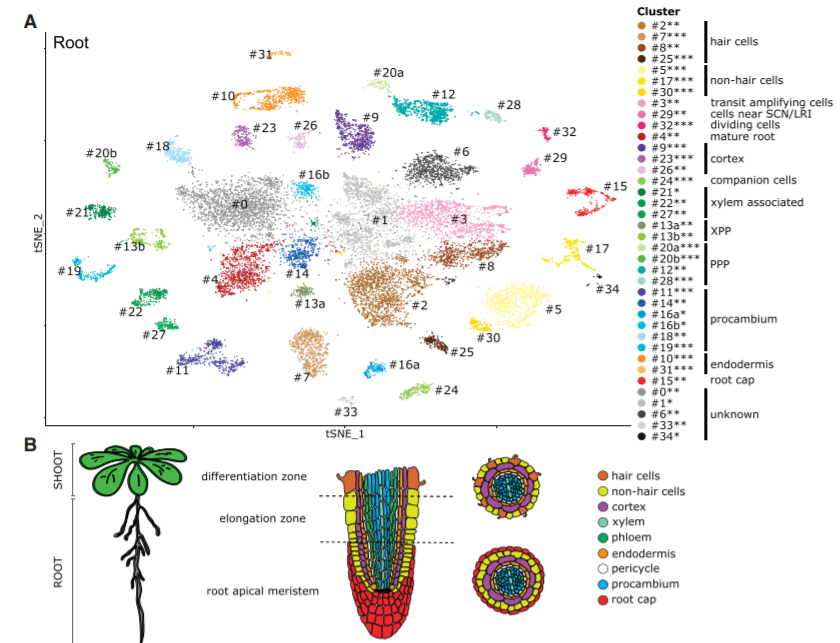
Shoot and root single cell sequencing reveals tissue- and daytime-specific transcriptome profiles (Plant Physiol.)
Plant Science Research WeeklyMany biological processes are controlled by the circadian clock in plants, yet studies often don't report sampling timepoints, leaving much to be discovered about the plant circadian rhythm. Apelt et al. have utilised single cell RNA sequencing to examine almost 70,000 Arabidopsis cells from above and…

URM Plant Scientist Highlights - Dawn Nagel (she/her)
BlogDawn Nagel (she/her) is an Assistant Professor of Genetics and Genomics in the Department of Botany and Plant Sciences at UC Riverside. She has been a faculty member at UCR since 2016. Dawn was born and raised in Guyana as the youngest of three children. As an undergraduate, she studied general biology…
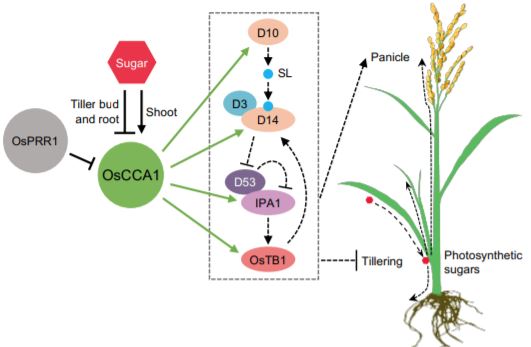
Sugars Inform the Circadian Clock How to Shape Rice Shoots via the Strigolactone Pathway
Blog, Research, The Plant Cell, The Plant Cell: In BriefCircadian clocks act as universal timekeepers to harmonize internal processes with external day-night rhythms. Genetic feedback loops gear these inner clocks by approximating time in response to dawn-dusk cycles. In plants, development, growth, hormone action, metabolism and other downstream events are…
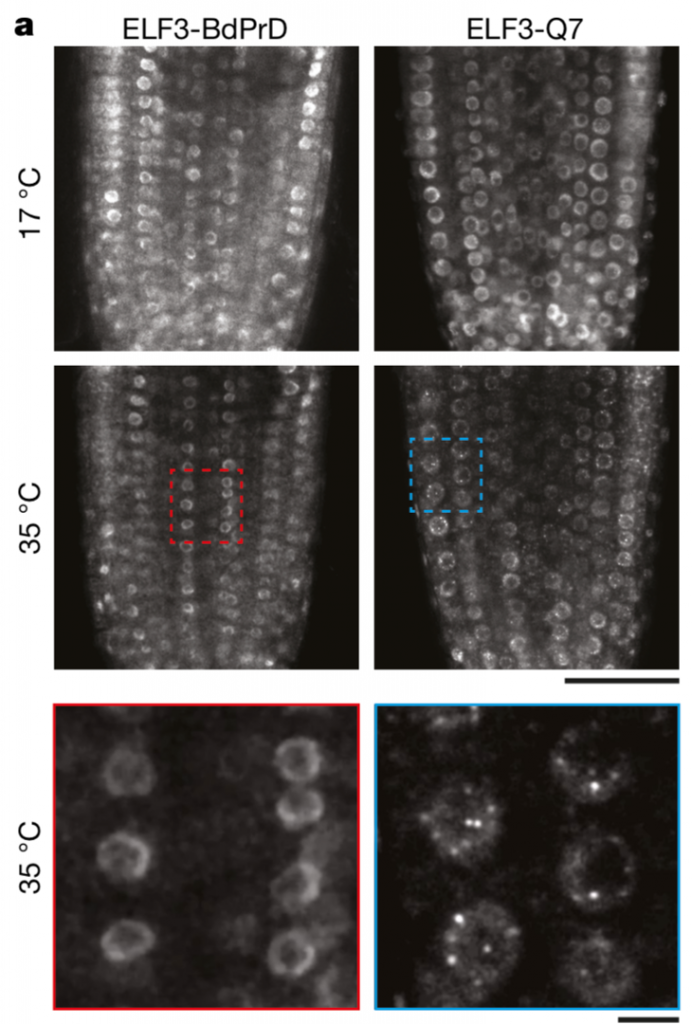
A prion-like domain in ELF3 functions as a thermosensor in Arabidopsis (Nature)
Plant Science Research WeeklyAs sessile organisms, sensing the external conditions is critical for plants to complete their life cycle and temperature is one of the major factors. In Arabidopsis, the evening complex senses the temperature and it consists of EARLY FLOWERING3 (ELF3), a scaffolding protein; ELF4, helical protein; LUX…
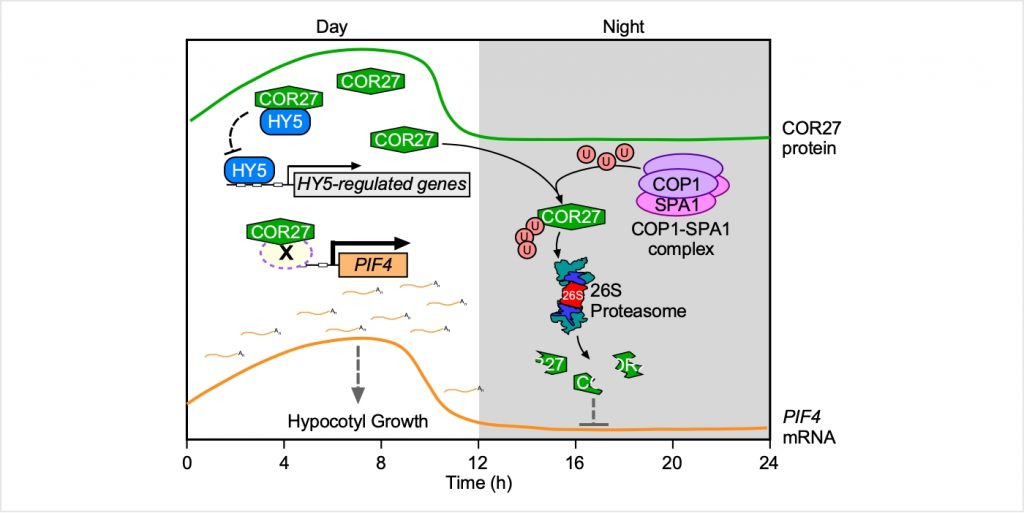
In the Cold of the Night: how COR27 Regulates HY5 Activity and Integrates Light and Circadian Signals
Blog, Research, The Plant Cell, The Plant Cell: In a NutshellZhu et al. discover that the COR27 protein interacts with the central regulators of light-mediated development COP1 and HY5 and plays a critical role in hypocotyl elongation. Plant Cell https://doi.org/10.1105/tpc.20.00192
By Wei Zhu (Southern University of Science and Technology, Shenzhen, China)…
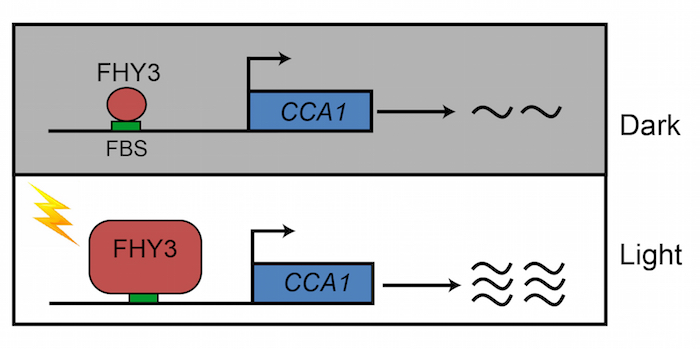
How Light Activates the Plant Circadian Clock
Research, The Plant Cell, The Plant Cell: In a NutshellLiu et al. discover how members of the photosensory-signaling pathway orchestrate circadian clock gene expression to regulate plant responses to daily changes in the light environment. Plant Cell https://doi.org/10.1105/tpc.19.00981
Background: Plants use an endogenous time-keeping mechanism known…

